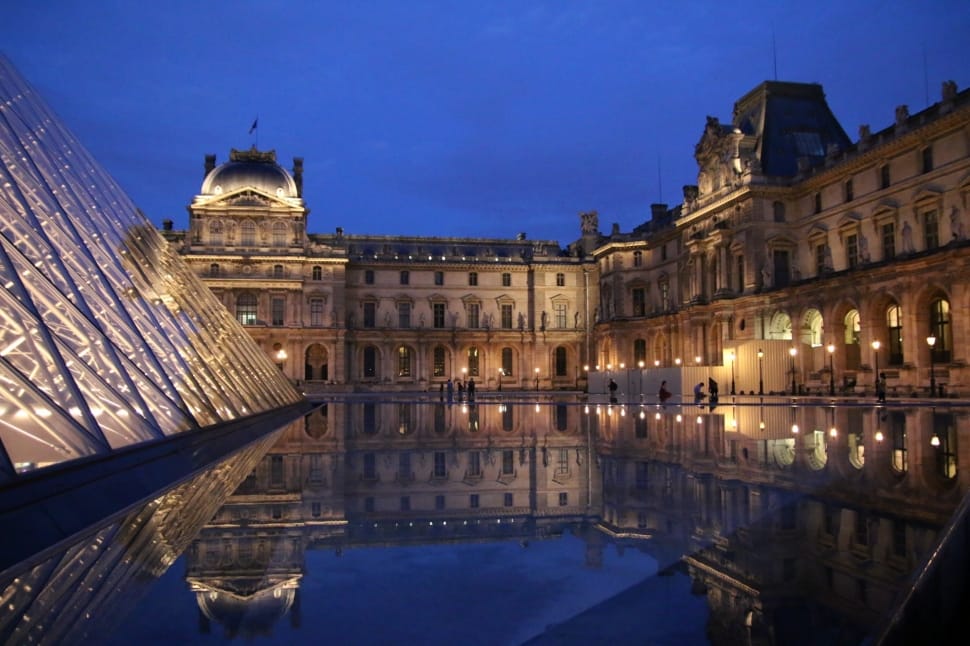
The Mona Lisa, an iconic painting by the polymathic genius Leonardo da Vinci, transcends time and captivates the imagination of art enthusiasts worldwide. Crafted between 1503 and 1506, this masterpiece has become synonymous with the epitome of Renaissance art, showcasing da Vinci’s unparalleled skill, innovation, and mastery of the sfumato technique.
At first glance, the subject of the painting, believed to be Lisa Gherardini, draws the viewer in with a mysterious and enigmatic smile. The Mona Lisa’s gaze seems to follow observers, creating an intimate connection between the artwork and the spectator. Leonardo’s use of sfumato, a technique that blurs the boundaries between light and shadow, imparts a soft, dreamlike quality to the painting. This technique is exemplified in the delicate transitions between hues, particularly in the rendering of the subject’s ethereal skin tones.
The Mona Lisa’s composition is equally noteworthy. Positioned against a distant landscape featuring a winding river and a bridge, the subject is portrayed with a natural grace that defies the artistic conventions of the time. The background, though not a faithful representation of any specific location, adds to the overall allure of the painting, providing an idealized setting for the enigmatic figure at its center.
Housed in the Louvre Museum in Paris since the French Revolution, the Mona Lisa has achieved unparalleled fame, drawing millions of visitors each year. Its relatively small size, approximately 30 inches by 20 7/8 inches, only adds to the intimacy and magnetism of the artwork. The painting’s theft in 1911, followed by its dramatic recovery in 1914, added an unexpected chapter to its storied history, cementing its status as one of the most sought-after and celebrated pieces of art in the world.
The Mona Lisa’s enduring appeal lies not only in its technical brilliance but also in the many unanswered questions it poses. The subject’s enigmatic smile and gaze have sparked endless speculation and interpretation, making the painting a timeless source of intrigue and fascination. Scholars, art historians, and casual observers alike continue to delve into the mysteries concealed within da Vinci’s brushstrokes.
In conclusion, the Mona Lisa stands as a testament to Leonardo da Vinci’s artistic genius and the timeless allure of the human form. Beyond being a masterpiece of the Renaissance, it remains an enigma that invites contemplation and exploration. The Mona Lisa transcends the boundaries of art, captivating the hearts and minds of those who gaze upon it, ensuring its place as an everlasting icon in the vast landscape of human creativity.











